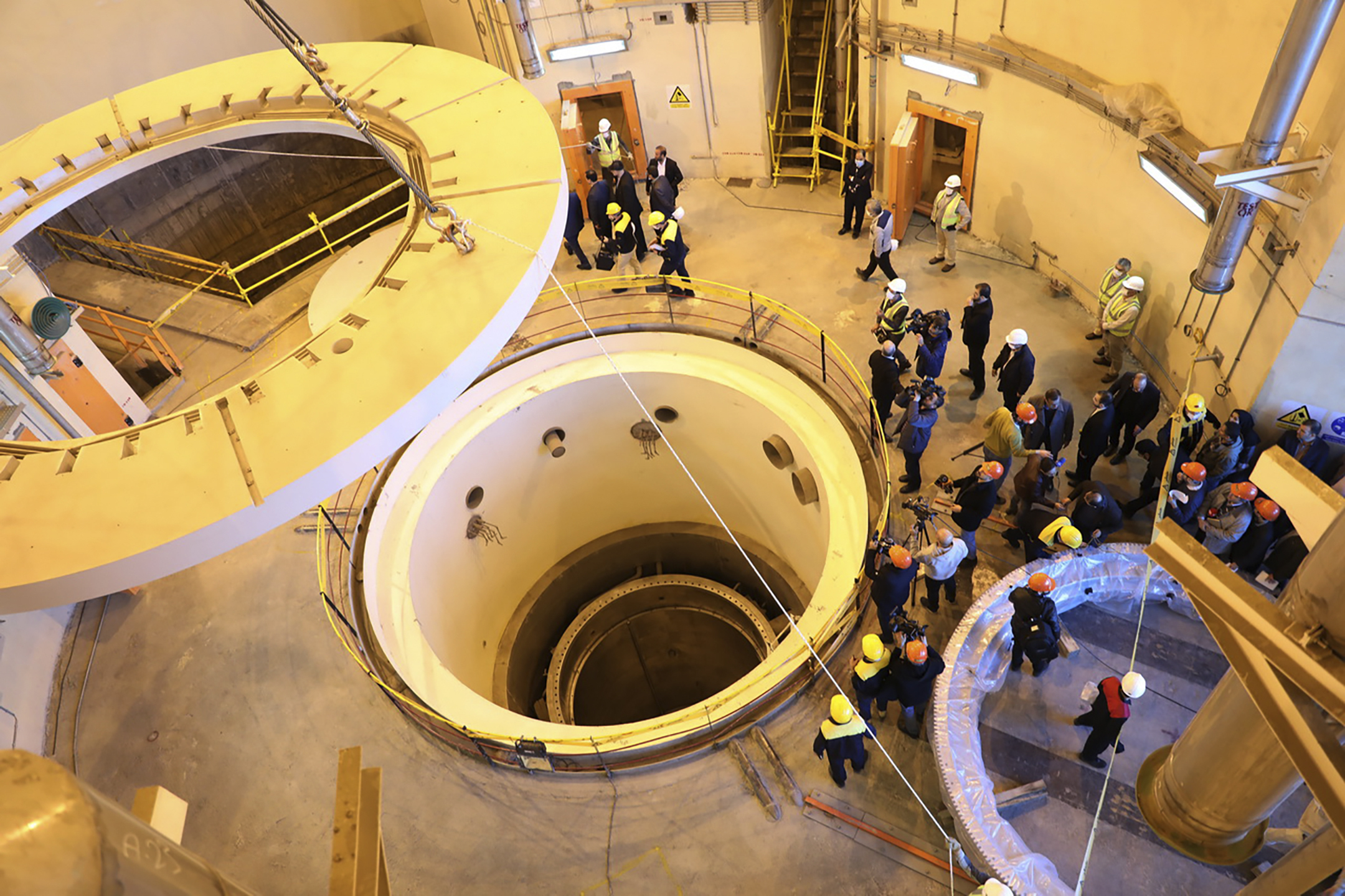
The United States has expressed deep concern over reports that Iran has accelerated its production of weapons-grade uranium.
The comments from a White House National Security Council spokesperson came late on Tuesday in response to a report issued by the International Atomic Energy Agency (IAEA) that warned that Tehran has accelerated production of the high-grade material.
“Iran’s nuclear escalation is all the more concerning at a time when Iran-backed proxies continue their dangerous and destabilising activities in the region, including the recent deadly drone attack and other attempted attacks in Iraq and Syria and the Houthi attacks against commercial shipping vessels in the Red Sea,” the US spokesperson said.
The United Nations atomic watchdog’s report to member states said that Iran has increased the rate at which it is producing near weapons-grade uranium in recent weeks, reversing a previous slowdown that started in in mid-2023.
Iran had previously slowed the rate at which it was enriching uranium – the process of raising the level of uranium-235, the isotope used in nuclear fission – to 60 percent purity. Uranium enriched at 60 percent is just a step away from weapons-grade levels of 90 percent. Nuclear power stations require 3.67 percent.
The IAEA said its inspectors had verified the increased rate of production since the end of November at facilities in Natanz and Fordow to about 9kg (20lb) per month, the same level of production that Iran was maintaining in the first half of 2023 before a drop to 3kg (6.6lb) per month in June.
Iran’s atomic energy chief dismissed the concern on Wednesday, insisting that Iran has done “nothing new” and is working “according to the rules”.
Iran’s atomic energy chief Mohammad Eslami on Wednesday dismissed the IAEA warnings, according to Iranian media.
“We did nothing new and are doing the same activities according to the rules,” he said.
Iranian officials have consistently stated they have no plans or intentions regarding the creation of nuclear weapons.
Raised tension
Iran appeared to have slowed its enrichment programme earlier this year as a gesture as informal talks with the US over a nuclear treaty resumed. But the Israel-Gaza war has raised tensions between Washington and Tehran.
A confidential IAEA report released last month indicated that Iran’s estimated stockpile of enriched uranium had reached more than 22 times the limit set out in a 2015 accord between Tehran and world powers, limiting Iran’s nuclear activities in exchange for lifting sanctions.
Iran’s total enriched uranium stockpile was estimated at 4,486.8kg (9,891.7lb) as of October 28, up by 693.1kg (1,528lb) from August, the report said. The limit in the 2015 deal was set at 202.8kg (447lb).
However, that accord fell apart in 2018 when then-president Donald Trump pulled the US out of it. President Joe Biden has tried to revive the accord through talks in Vienna, but the process has been at a standstill since the summer of 2022.
Antagonism was already on the rise ahead of Hamas’s October 7 assault on Israel, with Iran offering support to Russia’s invasion of Ukraine.
In September, the IAEA complained that Tehran had effectively barred several of its most experienced inspectors from monitoring the country’s nuclear programme.







